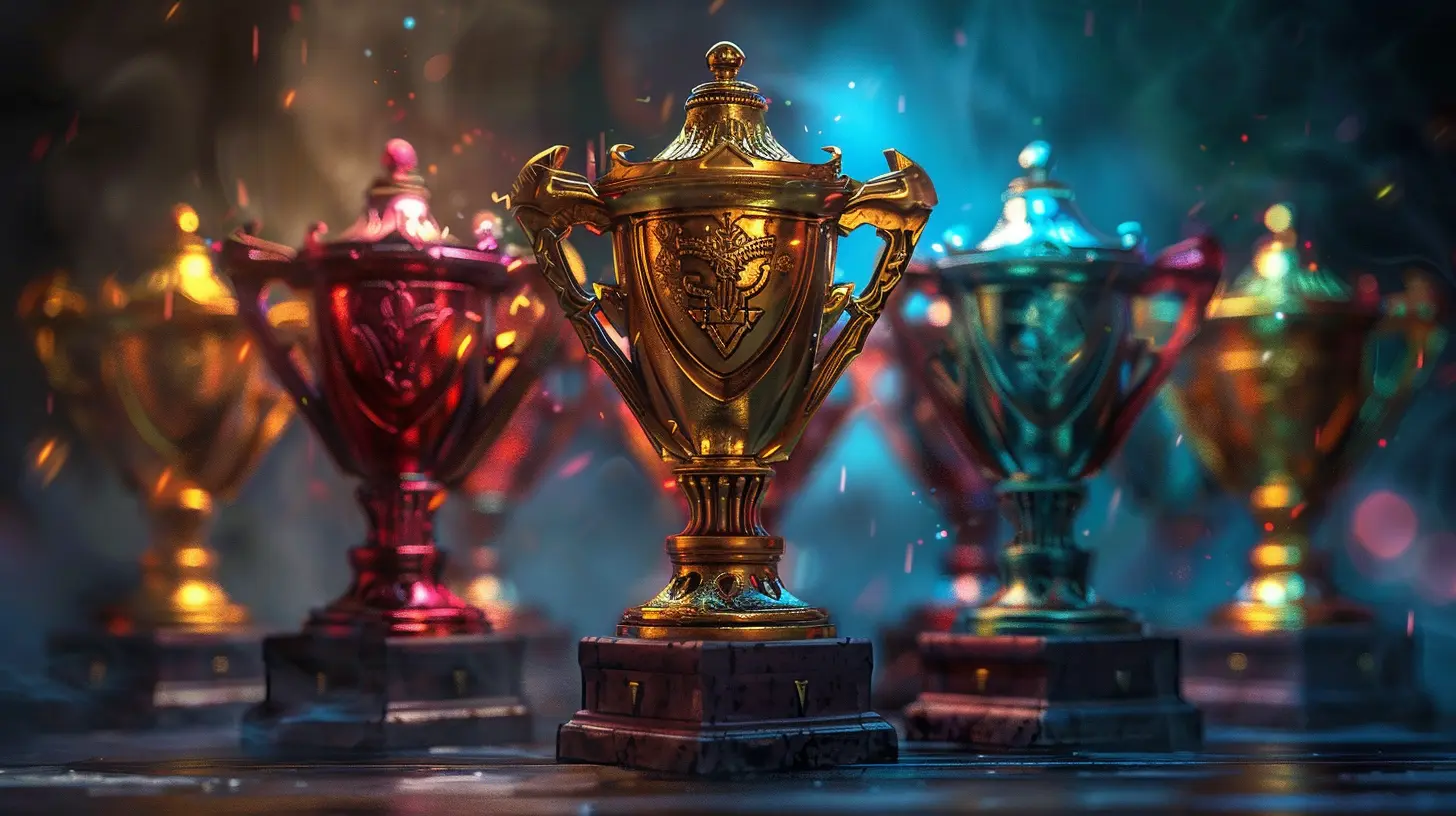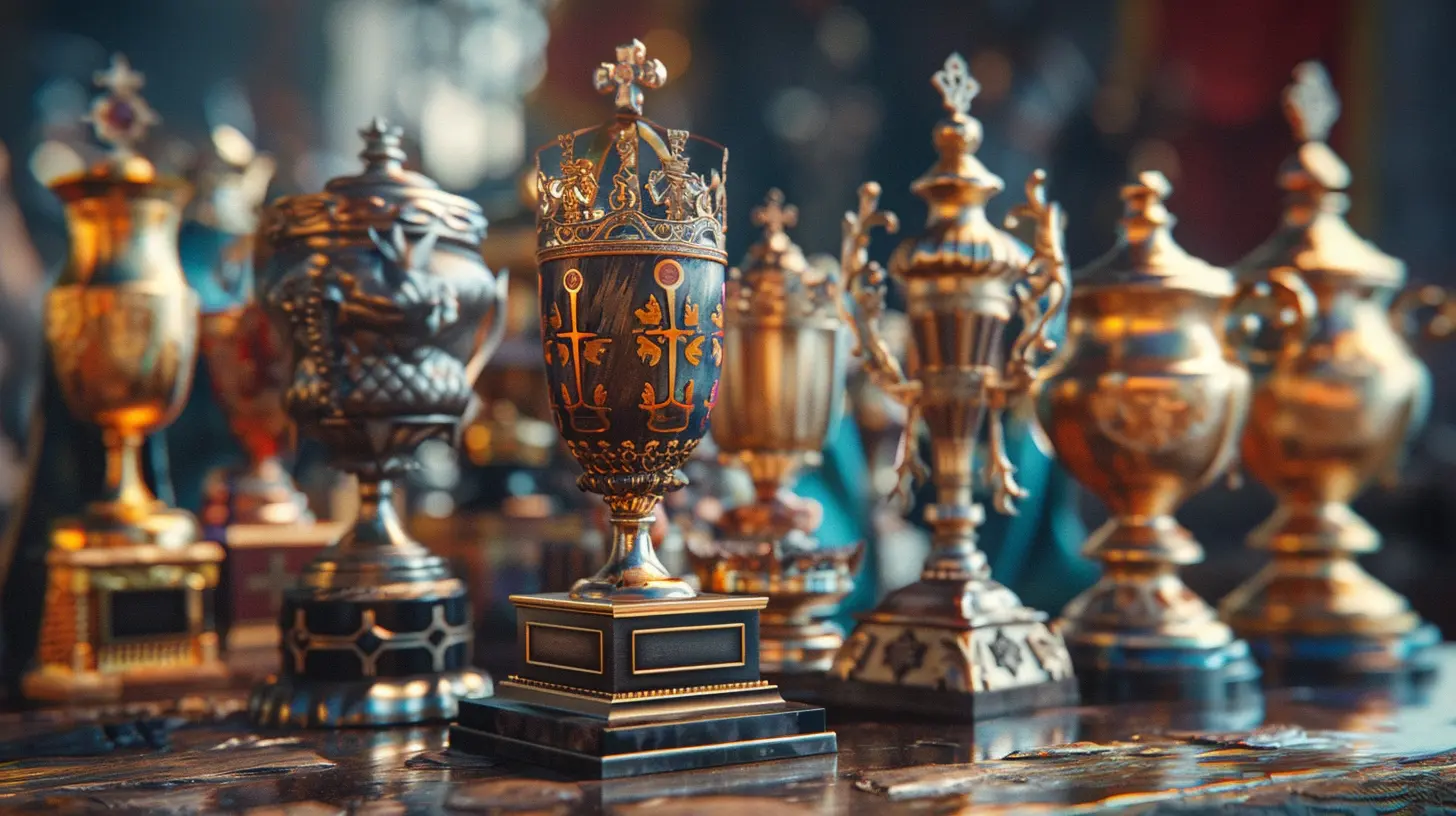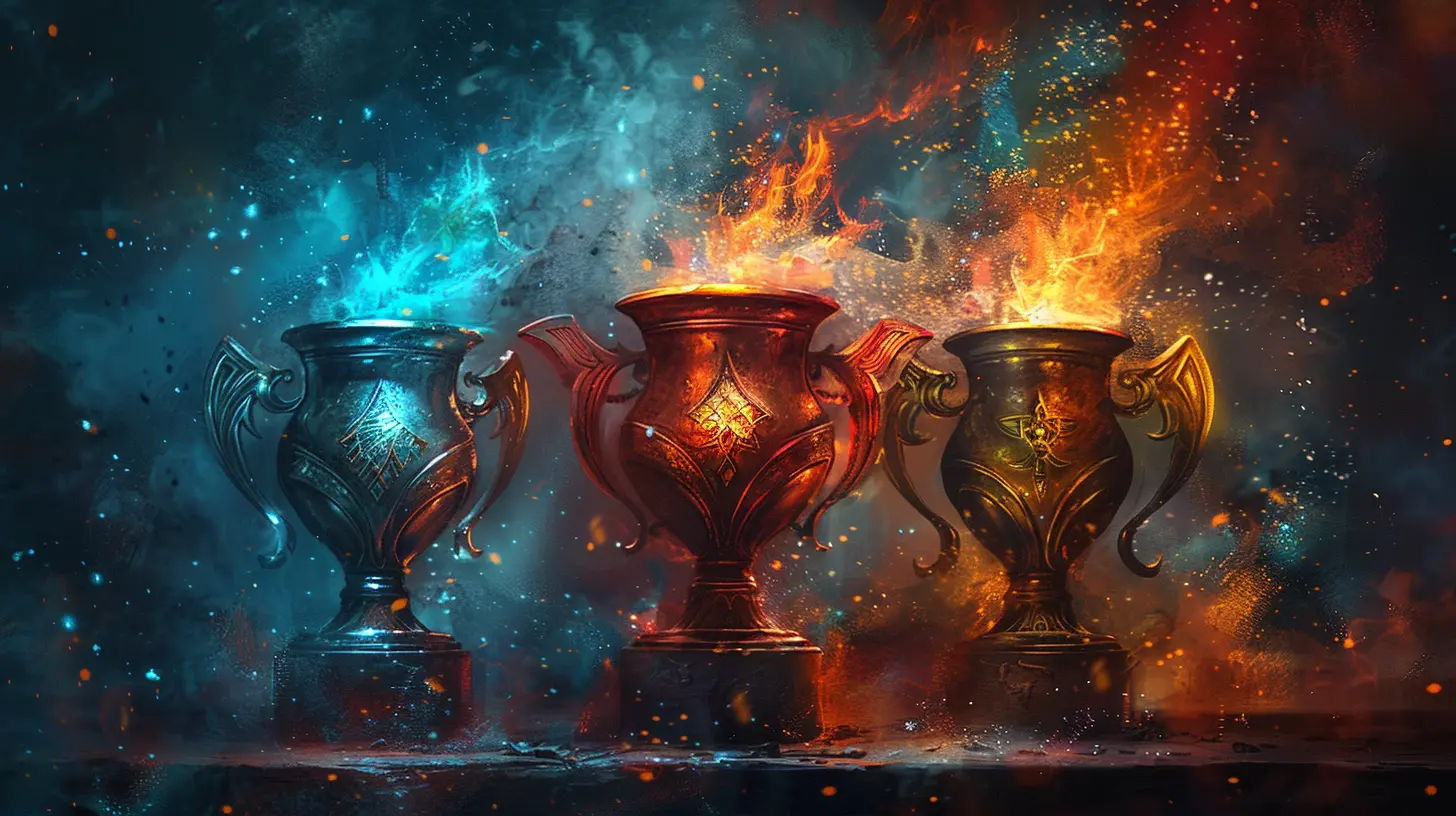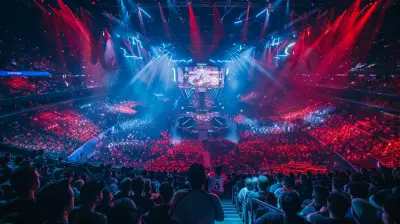Steam Achievements vs. Trophies: What’s the Impact on Modern Gaming?
4 July 2025
Let’s be real here for a second: who doesn’t love the little dopamine hit that comes with unlocking an achievement or earning a trophy while gaming? It’s that small pop-up notification that says, “Hey, you did something cool!” But have you ever stopped to think about how these digital rewards actually affect the way we play games? Steam Achievements and PlayStation Trophies have become an integral part of modern gaming, but the question remains: what’s their real impact?
In this article, we’re going to break it all down—Steam Achievements versus PlayStation Trophies. Which system is better? How do they influence gamers and developers alike? And what does it all mean for the future of gaming? Grab a cup of coffee (or energy drink, if that’s more your vibe), and let’s dive in!
What Are Steam Achievements and PlayStation Trophies?
Before we get into the nitty-gritty, let’s quickly recap what these systems are all about for anyone who might not be in the loop.Steam Achievements: Introduced by Valve for the Steam platform in 2007, these are in-game accomplishments that players unlock by completing specific tasks. Think of them as digital stickers for your gamer profile. These could be as simple as finishing a tutorial or as challenging as beating a game on its hardest difficulty.
PlayStation Trophies: Sony upped the ante in 2008 when they rolled out their Trophy system for PlayStation players. Unlike Steam’s relatively straightforward achievements, Trophies are tiered—Bronze, Silver, Gold, and the coveted Platinum. They come with a specific hierarchy that, let’s face it, makes the completionist in all of us giddy.
So, while they’re conceptually similar, the way they’re presented and the ecosystem they belong to couldn’t be more different.
Why Do Gamers Care So Much About These?
Here’s the thing: achievements and trophies aren’t real. You can’t trade them for cash or use them to barter for snacks (although, wouldn’t that be nice?). Yet, they hold an almost mystical power over us. Why?1. Bragging Rights
Let’s not sugarcoat it—gamers are competitive. Whether it’s flexing on your friends or just proving to yourself that you can do it, those digital badges of honor give us something to show off. You know that feeling when you finally collect the Platinum Trophy for a brutally tough game like Bloodborne or unlock a rare achievement in Dark Souls? It’s like planting your flag at the top of a metaphorical mountain.2. Adding Replay Value
Achievements and trophies often encourage you to revisit a game, try new strategies, or take on challenges you’d otherwise skip. Maybe you’re trying to 100% a game, or maybe you just want to rack up more accolades for your gamer profile. Either way, these systems breathe new life into old titles.3. Psychological Satisfaction
Achievements and trophies play on that magical little trick our brains love: the reward system. Each time you hear that distinct “ding” or see that pop-up notification, it triggers a small sense of accomplishment. It’s like a pat on the back from the game itself, saying, “Good job, you’re killing it!”
Steam Achievements vs. PlayStation Trophies: What’s the Difference?
Now that we know why gamers care about these rewards, let’s stack them up against each other.Steam Achievements: The Wild West of Recognition
Steam’s achievement system feels like the digital equivalent of a sticker book. You don’t need a lot of structure—just slap that shiny badge on your profile, and you’re good to go. The beauty (and sometimes frustration) of Steam Achievements lies in how freeform they can be. Developers have the liberty to create as many—or as few—as they want for their games.But here’s the catch: not all Steam Achievements are created equal. Some games, especially indie ones, go overboard, throwing out achievements for just about everything. Open the game? Achievement. Pause the game? Achievement. Sit through the credits? Bam, another one.
On the flip side, Steam Achievements lack an overarching sense of prestige. Sure, your profile might show how many you’ve snagged, but they’re not tiered like PlayStation Trophies. It’s more of a free-for-all.
PlayStation Trophies: The Prestige System
Trophies, on the other hand, are like the fancy wine of achievement systems. The tier system—Bronze, Silver, Gold, and Platinum—adds a layer of complexity and prestige. That Platinum, in particular, holds a special place in gamers’ hearts because it represents 100% completion. It’s like saying, “Yeah, I didn’t just beat this game—I owned it.”The Trophy system also feels more unified because every PlayStation game with trophy support follows the same rules. There’s a set number of trophies, and the tiered rewards make it easy to see how challenging or time-consuming each accomplishment is.
How These Systems Shape Game Design
Believe it or not, achievements and trophies are not just about patting the player on the back—they also have a huge impact on how developers approach game design.1. Encouraging Exploration
Game developers use achievements and trophies to nudge players into exploring more of the game. Maybe it’s a secret collectible hidden in an obscure corner or an optional mission you’d otherwise skip. These rewards give players a reason to dig deeper.2. Extending Playtime
Let’s be honest—achievements and trophies are a sneaky way to keep you playing longer. Some of them are grindy by design (looking at you, multiplayer trophies), encouraging players to sink more hours into the game.3. Creating Memorable Moments
Have you ever unlocked an achievement that made you laugh out loud? Maybe it’s something quirky like “Die in the first 10 seconds” or a pop culture reference hidden in plain sight. Developers use these systems to add charm and humor, creating moments that stick with players.The Dark Side of Achievements and Trophies
Okay, it’s not all sunshine and rainbows. As much as we love these shiny rewards, they also come with some downsides.1. The Grind Factor
Let’s not pretend the grind is always fun. Some trophies and achievements require an absurd amount of time or effort. You know the ones—play 500 hours of multiplayer or collect 10,000 random items. At some point, it stops being fun and starts feeling like a chore.2. Gaming for the Wrong Reasons
Sometimes, the pursuit of achievements and trophies can overshadow the actual enjoyment of the game. Instead of soaking in the story or marveling at the world-building, you’re laser-focused on that next pop-up notification. It’s like going on vacation just to collect souvenirs instead of appreciating the experience itself.So, What’s the Verdict?
When it comes to Steam Achievements vs. PlayStation Trophies, the real winner depends on what you value as a gamer. If you’re after flexibility and variety, Steam Achievements are your go-to. But if you crave structure, hierarchy, and a sense of prestige, PlayStation Trophies take the cake.At the end of the day, both systems add an extra layer of fun and challenge to gaming. They push us to go beyond just completing a game and encourage us to truly immerse ourselves in the experience. And hey, whether you’re hunting down that elusive Platinum Trophy or racking up Steam Achievements, the most important thing is that you’re enjoying yourself, right?
all images in this post were generated using AI tools
Category:
SteamAuthor:

Lucy Ross
Discussion
rate this article
2 comments
Allison McInnes
Steam achievements engage players in unique ways, while trophies offer meaningful challenges, enriching the gaming experience.
November 8, 2025 at 4:38 PM

Lucy Ross
Thank you for your insight! Both Steam achievements and trophies indeed enhance player engagement and challenge, ultimately enriching the overall gaming experience.
Denise McSweeney
Steam Achievements and Trophies: two ways to showcase your virtual bragging rights! They may not pay the bills, but hey, at least my digital shelves are overloaded with pixelated glory!
July 8, 2025 at 2:31 PM

Lucy Ross
Absolutely! Achievements and trophies enhance the gaming experience by adding a layer of challenge and personal accomplishment, even if they don't have real-world value.


